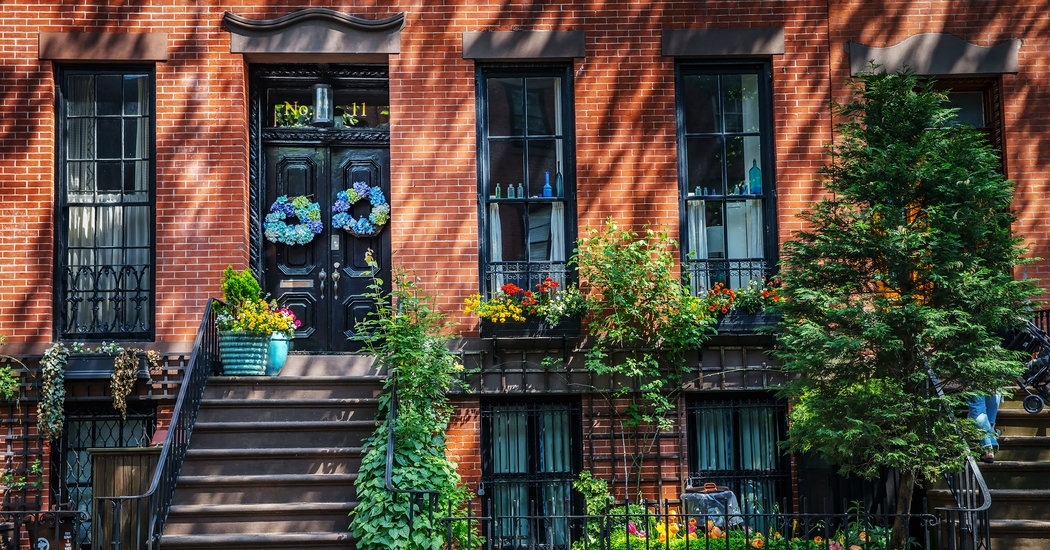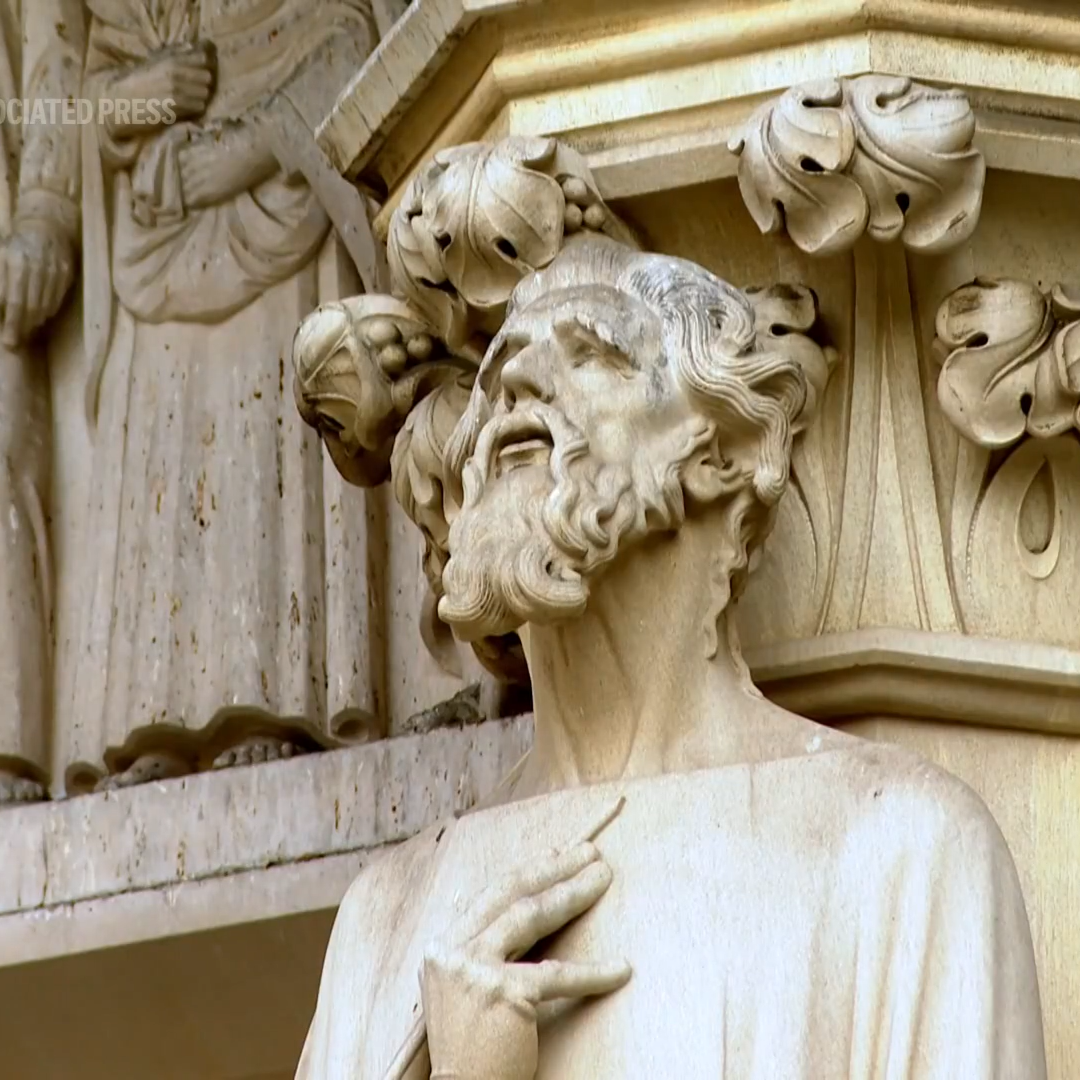When replacing windows on construction projects in New York City, it is essential to choose the right type of window and a qualified installer to do the work. Several vital things must be considered when selecting the proper window replacement, including whether your building is within a historic district, whether you’re concerned with acoustic or thermal performance, or whether the window is installed as a retrofit or brick-to-brick.
Which Materials to Use for the Installation of Windows
You can use many materials for your windows, which have pros and cons. For example, steel windows are great for aesthetic purposes. However, they are also more expensive than other options.
Wood windows are great for older buildings within historic districts that must conform to a specific style but require much maintenance. If you are outside the boundaries of a historic district, aluminum is both an inexpensive and low-maintenance option.
Brick-to-brick vs. Retrofit Installation
A “brick to brick” installation removes the complete frame, casing, jambs, brick mold, and trim. This type of installation is more expensive as the entire window is removed from the opening, and any deteriorated material is cleaned out entirely. The new window with a complete frame is installed, leveled, and mechanically secured into place.
A brick-to-brick installation is a good option if you desire thermal and acoustic performance. This ensures that windows are insulated thoroughly around the new frame, guaranteeing a tight seal. Additionally, this option allows for better sight lines and is the preferred option for historic buildings.
A “retrofit” installation means that a replacement window is installed into the existing frame. The sash is removed from the frame, and all materials around the structure remain intact. The new strap is then secured into the current frame. Retrofit installations can be a much more cost-efficient option, as the labor required is significantly less than when the installers aren’t replacing the entire structure. A significant disadvantage with retrofit windows is that it is difficult to know what’s behind the existing frame, which means you’d be unable to address any thermal or acoustical bridges or structural issues. You’d also have noticeably reduced sight lines because you are installing a window inside a window, which is aesthetically less attractive.
Insulated Windows
Insulated windows are generally better for energy efficiency, as they trap air between the panes. Insulated windows are typically filled with argon or krypton gas, which makes the air denser, reducing the chance for energy to escape. You can also get a glass with a coating designed to block UV rays and heat from the sun, thus keeping your home cooler in the summer and saving energy.
For standard double-insulated windows, you can expect about 90% of a building’s energy to be retained. A triple-insulated window will hold about 97% of your building’s energy.
Triple-insulated windows reduce condensation, an immense benefit for cold winter months. A higher indoor relative humidity helps regulate the temperature inside your home during the chillier months.
Contact Us
You can hire an architect with experience specifying the right windows for your building.




